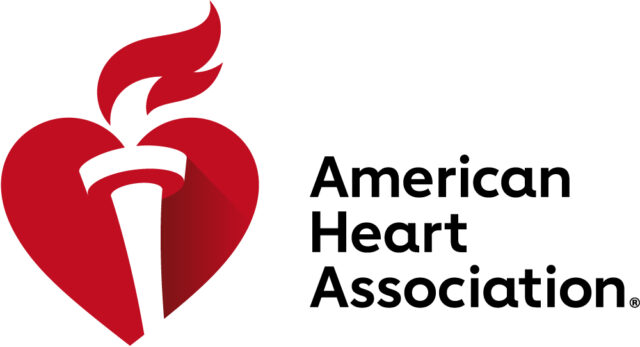Cardiac defibrillator implants (CDIs) have been shown to improve survival in patients with ischemic cardiomyopathy and ventricular tachycardia (VT). However, approximately one third of patients with CDIs experience a discharge within 3 years after implantation, which has a negative impact in quality of life, increases hospitalization and reduces survival rate.

At present, the two main pharmacological options to reduce the risk of VT are sotalol and amiodarone. Also, catheter ablation has been shown effective to reduce VT episodes, even though it has been associated to procedural risks.
The VANISH2 compared the efficacy of catheter ablation vs antiarrhythmic drug therapy in patients with CDIs, ischemic cardiomyopathy and VT. This was a randomized, multicenter and open design study carried out in 22 centers across Canada, US and France.
Eligible patients were assigned to sotalol (120 mg adjusted dose twice a day) or amiodarone (400 mg twice a day for four weeks, followed by 200 mg/day), vs. catheter ablation.
Primary end point was a composite of all-cause mortality, appropriate CDI shock, electric storms or VT treatment below CDI detection. Safety events were death, cardiovascular hospitalization or prolonged hospital stay.
Between November 2016 and June 2022, 416 patients were included, followed up mean 4.3 years. Mean participant age was 67.7 ± 8.6 years, 95.1% were men, 40% diabetic and 63% had a history of coronary angioplasty.
The primary outcome was seen in 50.7% of ablation patients and 60.6% of the medically treated patients, which represents a significant events rate reduction of 25% (HR 0.75, CI 95%: 0.58-0.97; P=0.03). When looking at the individual primary end point components, there was a non-significant reduction in mortality (HR 0.84, CI 95%: 0.56-1.24), appropriate CDI shock within 14 days (HR 0.75, CI 95%: 0.53-1.04) and electric storm within 14 days (HR 0.95, CI 95%: 0.63-1.42). Also, when looking at VT treatment below CDI threshold, there were fewer events in the invasive branch (HR 0.25, CI95% 0.13-0.55).
Authors’ Conclusion: In patients with a history of VT and ischemic cardiomyopathy, catheter ablation as first line of treatment was associated with significant reduction of the combined primary end point, including mortality and cardiac failure.
Presented by John L. Sapp at the Scientific Sessions 2024, American Heart Association 2024, Chicago, EEUU.
Subscribe to our weekly newsletter
Get the latest scientific articles on interventional cardiology





